Contest - Steemit Talent Hunt | Double Shaded Twill Fabric Design
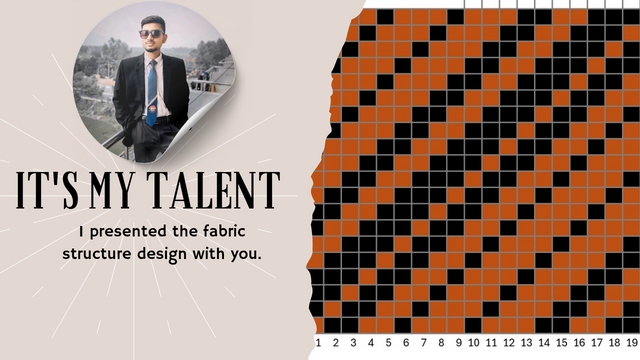 |
|---|
Dear friends, today I am going to join the contest shared by @faran-nabeel Contest Alert! Steemit Talent Hunt - Week 1 | Booming Vote Prize Pool.Right now I will share my talent with you here. Of course I have a talent and I have already applied for the Steemit Challenge to reveal this talent.
Everyone has different talents. Since I studied textiles, today I designed a great fabric using Excel on my mobile phone about the construction of fabrics.I hope the judges like my fabric structure design.
I will be doing a shaded design today ( 1 2 3 3 2/3 2 1 1 2) and to do this design you will need:
- Graph paper
- Colored pens
- Scale, pencil, etc.
To determine the number of cells in the design given on the graph paper, the number of threads has to be added together, i.e. like this
1+2+3+3+2+3+2+1+1+2= 20
That is,This design will be a repeat size.(20×20)
If this has to be done using graph paper, this design is done in Excel sheet for direct computer design.For this, you first need to open the Excel sheet and specify the cells as a graph.
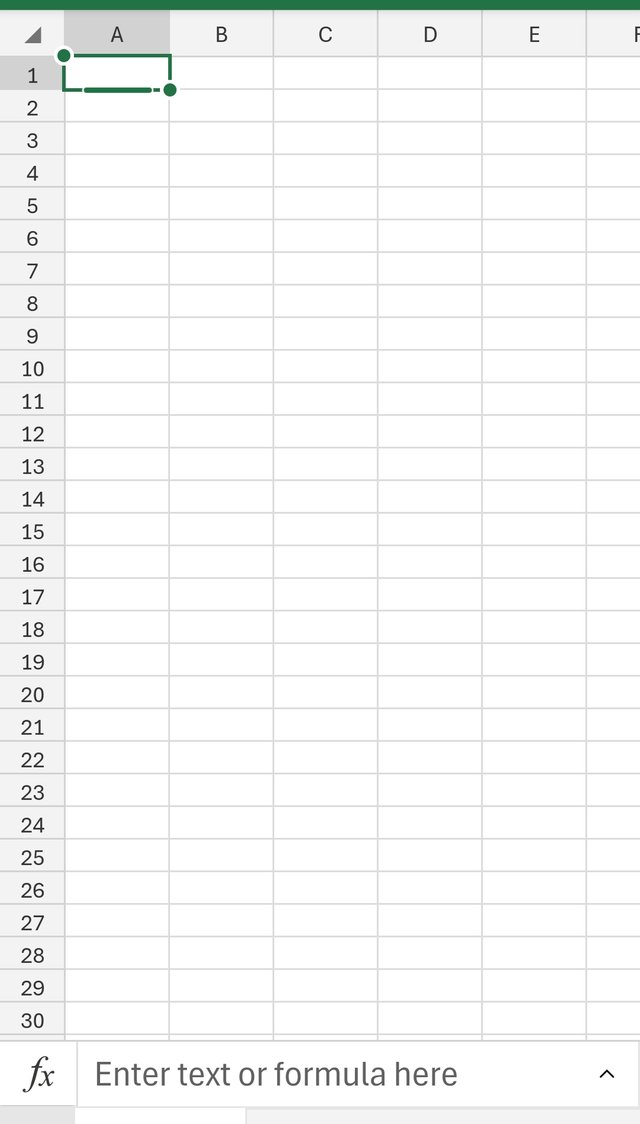 |
|---|
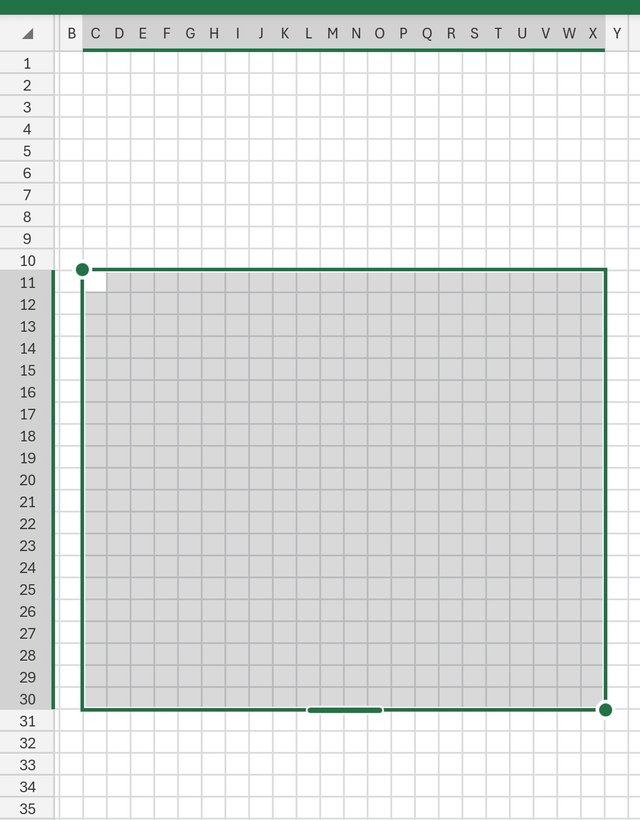 |
|---|
In the Excel sheet (20×20) cell, that is, 20 times towards the column and the other cells towards it, you have to select them and color them differently, this is for your convenience.Then, after selecting those colors, you have to write the numbers from 1 to 20 in the cells below them, and similarly on the other side.What I showed in the picture.
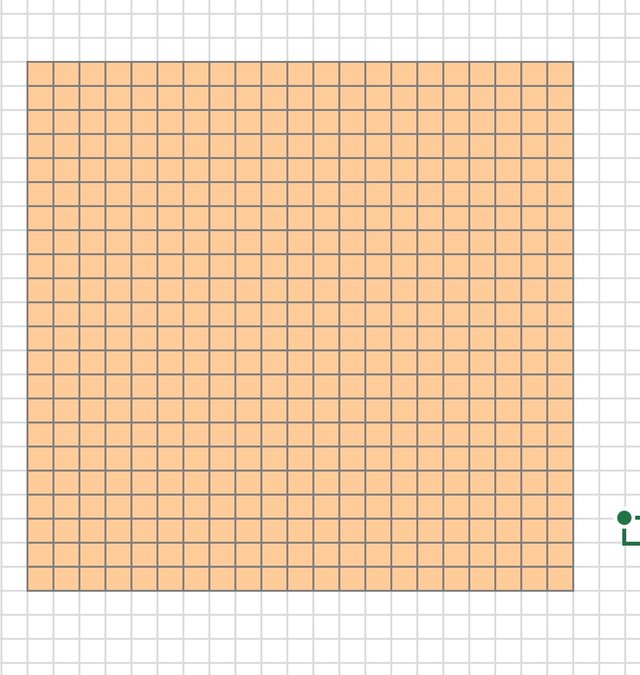 |
|---|
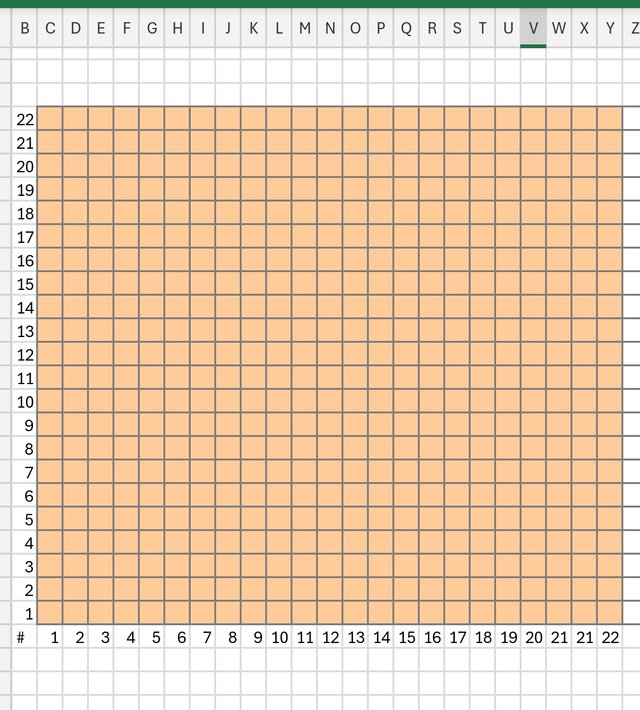 |
|---|
Then, weave planning has to be done according to the specific design.( 1 2 3 3 2/3 2 1 1 2) As expressed in fractional form according to the design or number of threads, those on the top will be the pulled thread and those on the bottom will be the worn thread.I used red paint for the pull-up float and black paint for the pull-down float.
The design rule is to start from the # (starting point) upwards, then from the bottom, a point of the language thread.That is, first 1 cell is red, then 3 cells are black, then 2 cells are red, 2 cells are black, 3 cells are red.1 house is black, 3 houses are red, 1 house is black, 2 houses are red and 2 houses are black.This has to be done together.
| You will start from the first column, one cell after the second column, and once the design cell at the top is finished, you will start from the next section at the bottom.Although this is not a class, I am not going into detail, but if anyone is particularly interested, you can let me know. |
|---|
 |
|---|
To complete a design, its drafting plan and lifting plan are very important.Right now I will be making a drafting plan.It should be noted that if the position of the yarns in the weave plan, i.e. the colors, do not match multiple lines, then one jump will be required for each of the yarns.In other words, the plan for how these yarns will be fed through the loom's jets is made on paper or virtually before they are fed into the machine.And if you put the yarn of this design, the cloth will come out like this or this design.
Each yarn will require one jump, so straight drafting is done here.One to 20 cells are needed because there is no similarity in the weave plan. It is all repeat size, so multiple yarns cannot be used in the same jump.
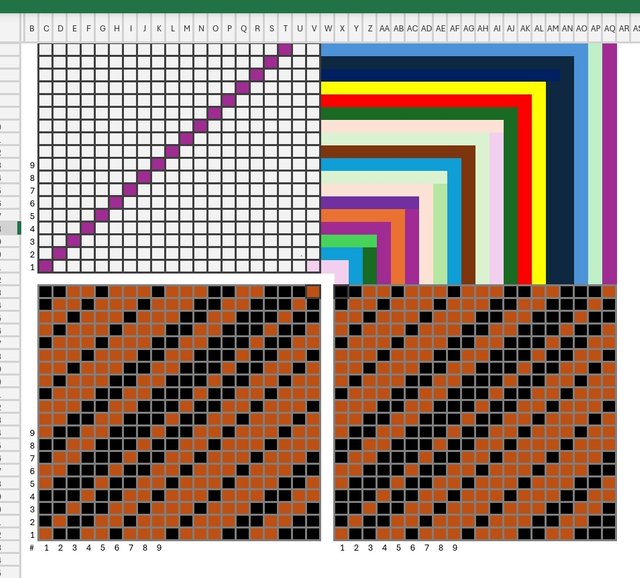 |
|---|
A lifting plan is a partial idea of what design the yarns will weave into.Since only 20 threads are required in the drafting plan here, there will be no difference in the lifting plan with the weave. I hope I have been able to show my talent here as much as possible. I have drawn a double-shaded design very beautifully using Excel sheet and also shown its weaving process there.
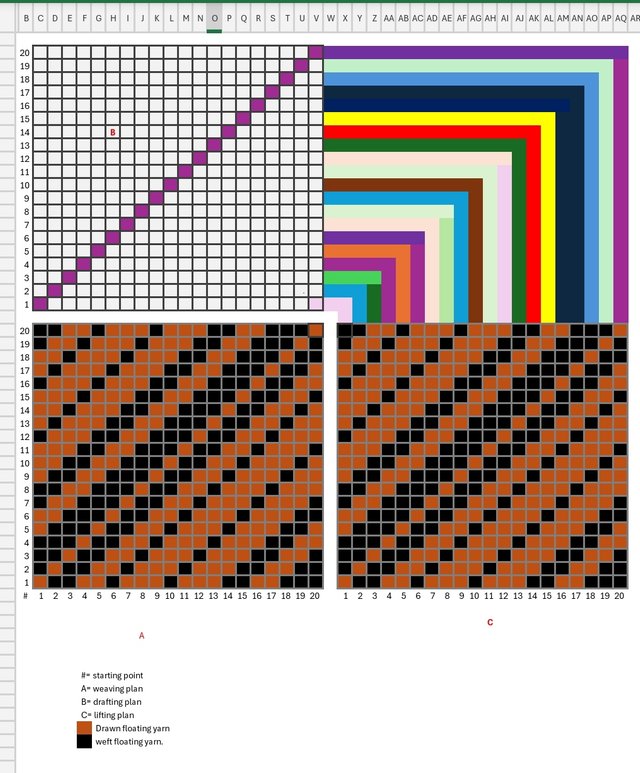 |
|---|
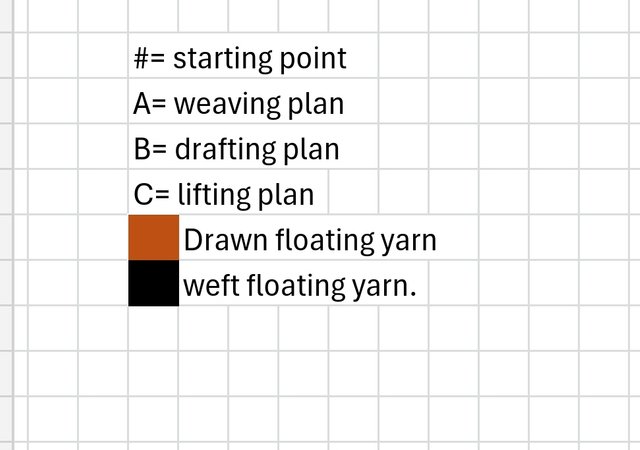 |
|---|

| Thank you to the organizers for providing the opportunity to showcase such beautiful talent.I invite you to join this contest @max-pro @aviral123 @abdullahw2 |
|---|